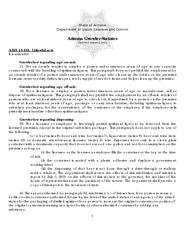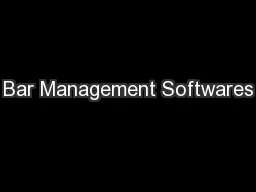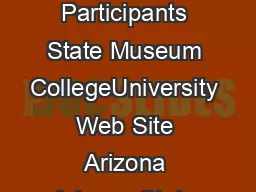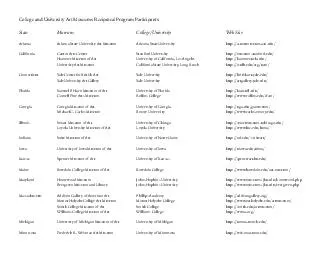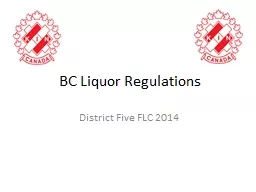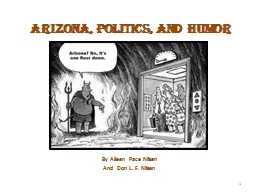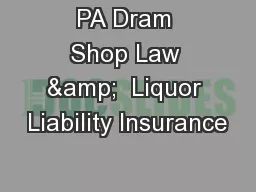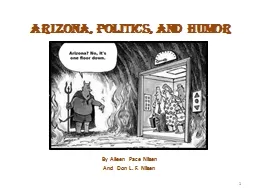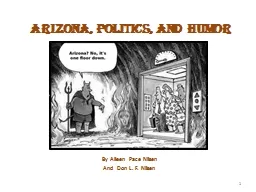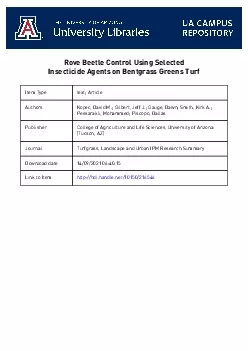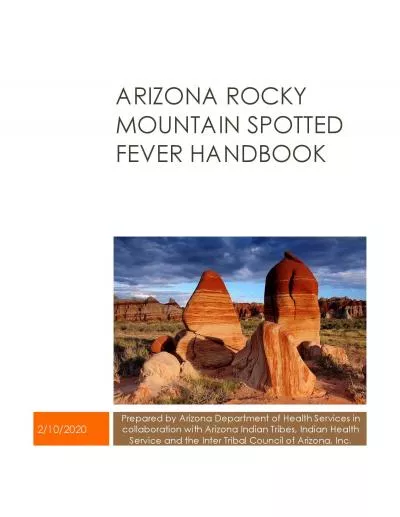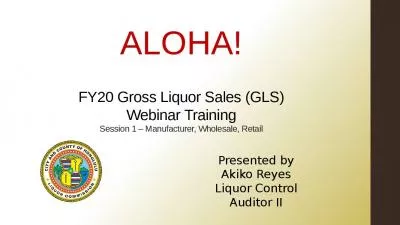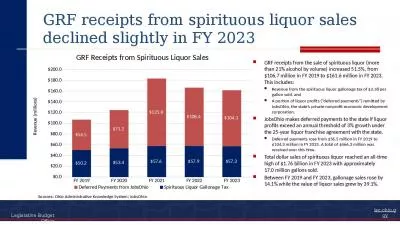PDF-State of Arizona Department of Liquor Licenses and Control
Author : celsa-spraggs | Published Date : 2015-08-01
1 It is unlawful Growler law regarding age onsale11 For an onsale retailer to employ a person under nineteen years of age in any capacity connected with the handling
Presentation Embed Code
Download Presentation
Download Presentation The PPT/PDF document "State of Arizona Department of Liquor Li..." is the property of its rightful owner. Permission is granted to download and print the materials on this website for personal, non-commercial use only, and to display it on your personal computer provided you do not modify the materials and that you retain all copyright notices contained in the materials. By downloading content from our website, you accept the terms of this agreement.
State of Arizona Department of Liquor Licenses and Control: Transcript
Download Rules Of Document
"State of Arizona Department of Liquor Licenses and Control"The content belongs to its owner. You may download and print it for personal use, without modification, and keep all copyright notices. By downloading, you agree to these terms.
Related Documents

